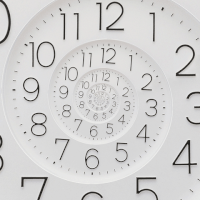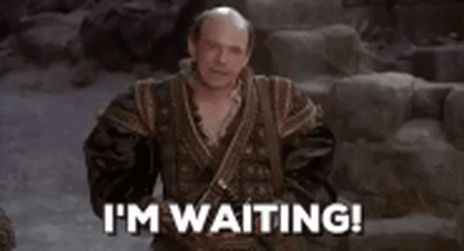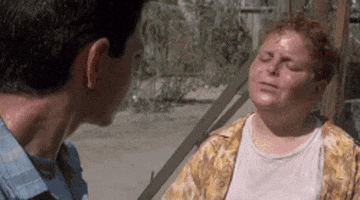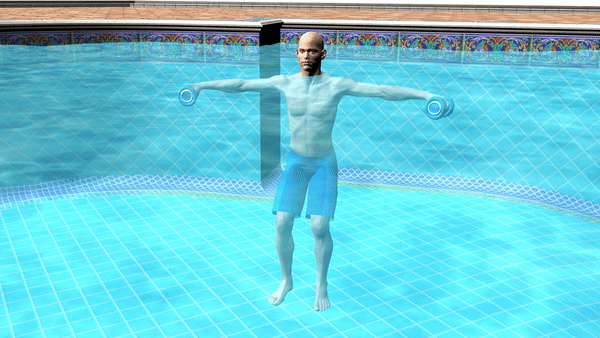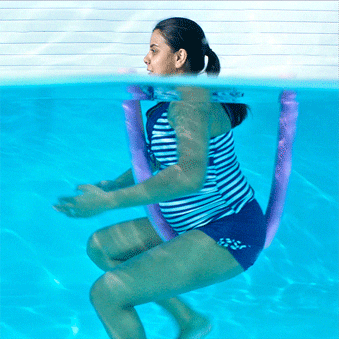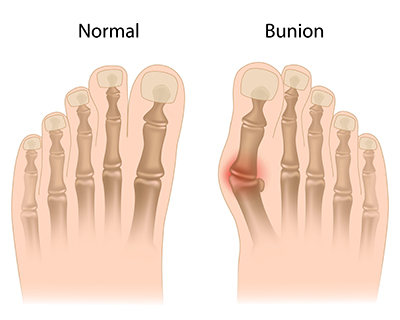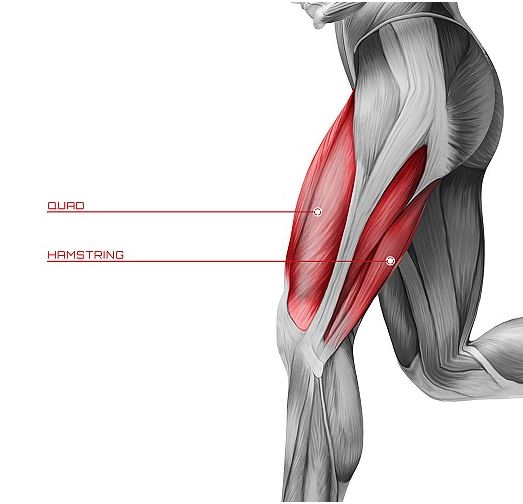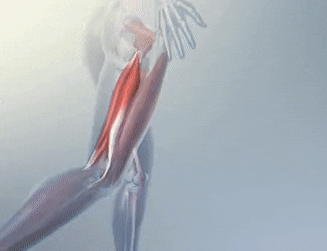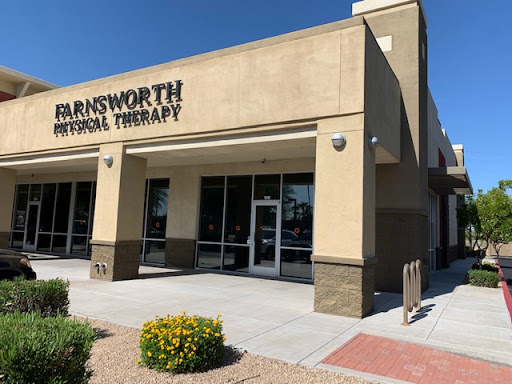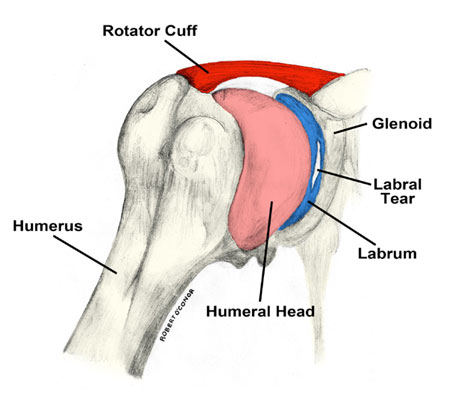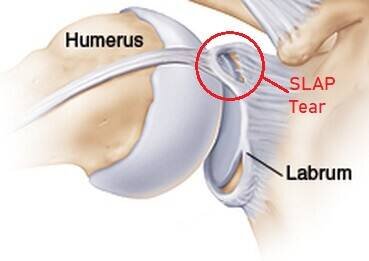Physical therapy relieves pain, improves range of motion, and accelerates your recovery from injury or surgery. Whether you’re just starting your physical therapy journey or you’ve been at it a while, you may be asking yourself, “How much time does physical therapy take?”
Don’t get discouraged if you aren’t seeing the results you want immediately. Physical therapy isn’t an overnight cure; it’s a process that involves a lot of hard work. The length of treatment is different for everyone, and it is nearly impossible to predict exactly how long it may take for a patient to make a full recovery.
Also, in some cases a full recovery may not be possible. You may never reach the same level of ability that you had before the injury. But the goal of physical therapy is to help you achieve the maximum ability possible.
Factors that Affect Treatment Time Length
1) Which part of your body is the problem. Some areas of your body are able to heal faster than others. For example, muscles tend to heal more quickly than tendons or ligaments.
2) The extent of the injury. A major injury will typically require a longer time in physical therapy than a minor injury.
3) The level of effort the patient exerts. Your physical therapist will help you through your exercises and teach you what to do, but you must do the work. The harder you try and the more effort you put forth, the faster your recovery time will be. But don’t over do it. If you try to do too much before you are ready, you could do more harm than good.
4) How quickly you heal. Everyone heals at different rates. There is no mathematical equation for the healing of the body. Your amount of time in physical therapy may be different than someone else’s, even if you have similar injuries.
Average Healing Times for Various Tissue Types
As stated above, the length of healing time is partly determined by the body part affected. Different tissue types will heal at different rates. Here’s a breakdown of the average healing times for different tissues:
Muscle: 2-4 weeks
Tendon: 4-6 weeks
Bone: 6-8 weeks
Ligaments: 10-12 weeks
Cartilage: up to 12 weeks
The key to healing is blood flow. The reason muscle heals the fastest of any other tissue is that it has a rich blood supply that provides nutrients and oxygen that are necessary for healing. Tendons and ligaments have a limited blood supply, which is why they take longer to heal. Our goal in physical therapy is to stimulate blood flow to accelerate healing.
Cartilage has no blood supply, which makes it extremely slow to heal. Cartilage receives lubrication from fluid in the joints through movement. This is one reason why knee and hip physical therapy can take longer. But it also explains why physical therapy can help to accelerate healing, as movement promotes joint lubrication.
Bone requires load bearing in order to heal. Bones are made to support weight, but a broken bone cannot support as much weight as a healthy bone. After a break, the bone should be immobilized for a period of time, but as healing progresses, applying weight to the bone can promote healing.
Feeling Impatient About Your Progress?
Are you still wondering, how long does physical therapy take to work? If you don’t feel that you are making adequate progress in physical therapy, ask your physical therapist. They will be able to give you a time frame and specific goals you should meet along the way. It’s normal to feel impatient and to want to be healed as soon as possible. The important thing is that you continue to use physical therapy and make good decisions that will contribute your healing process.

